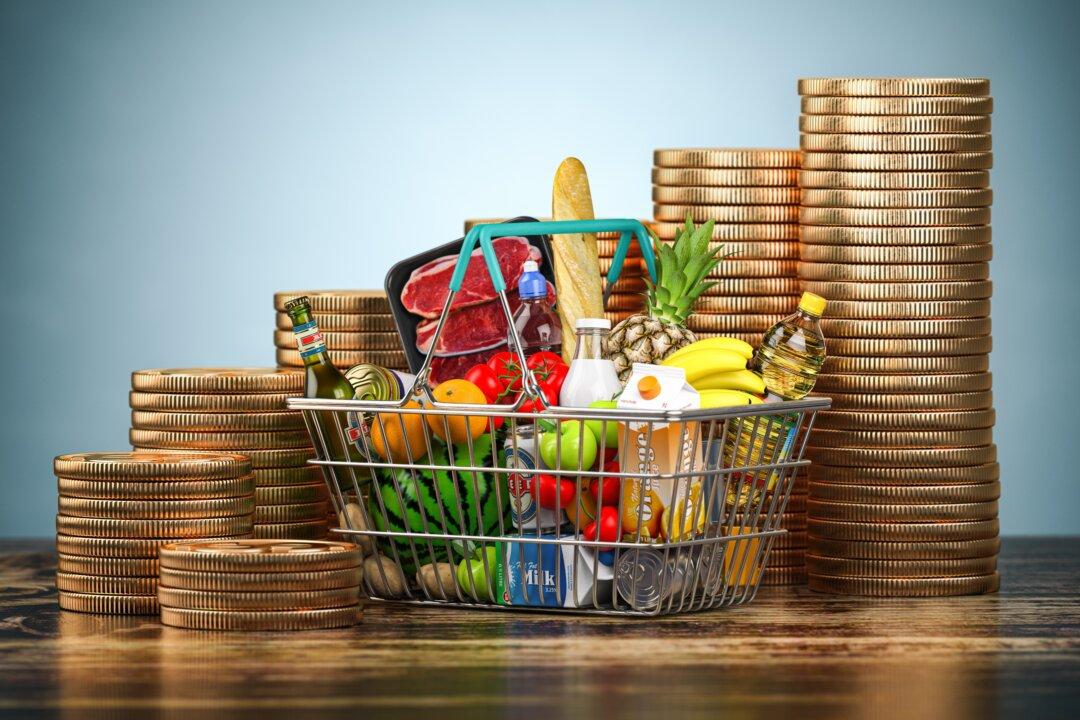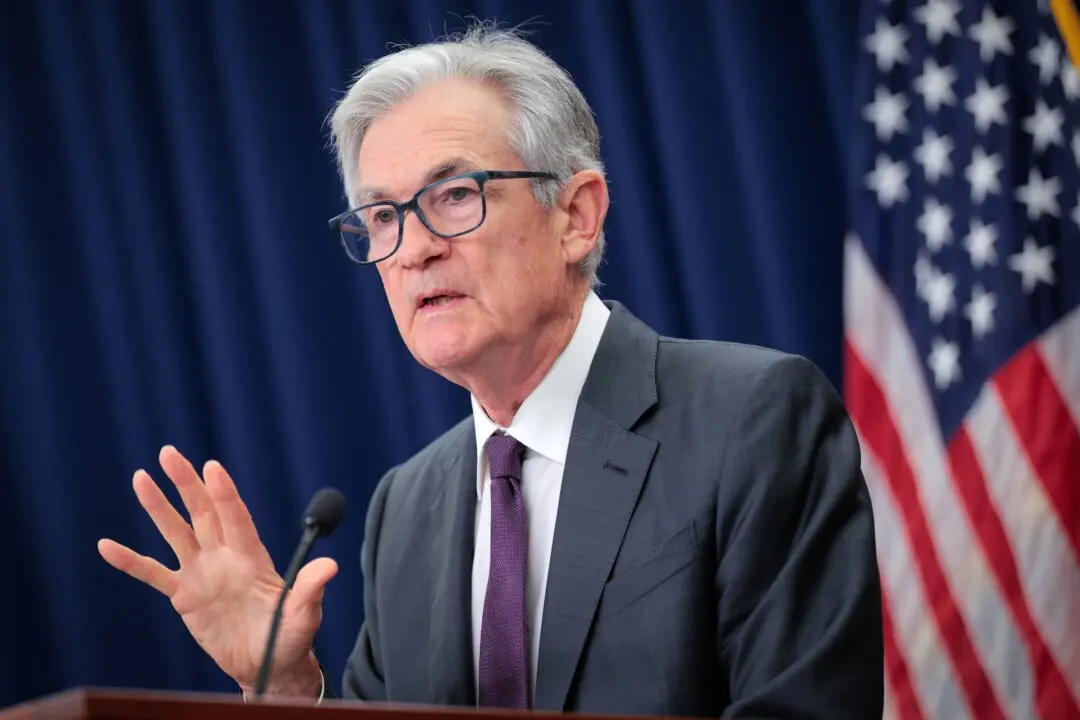Commentary
Such strange times. We are living through the most destructive bout of inflation in 45 years, one that threatens to become worse and perhaps just as ruinous in the long run as the last one. And yet daily and for years, we’ve been told it’s not so bad and that it’s nearly over anyway.





